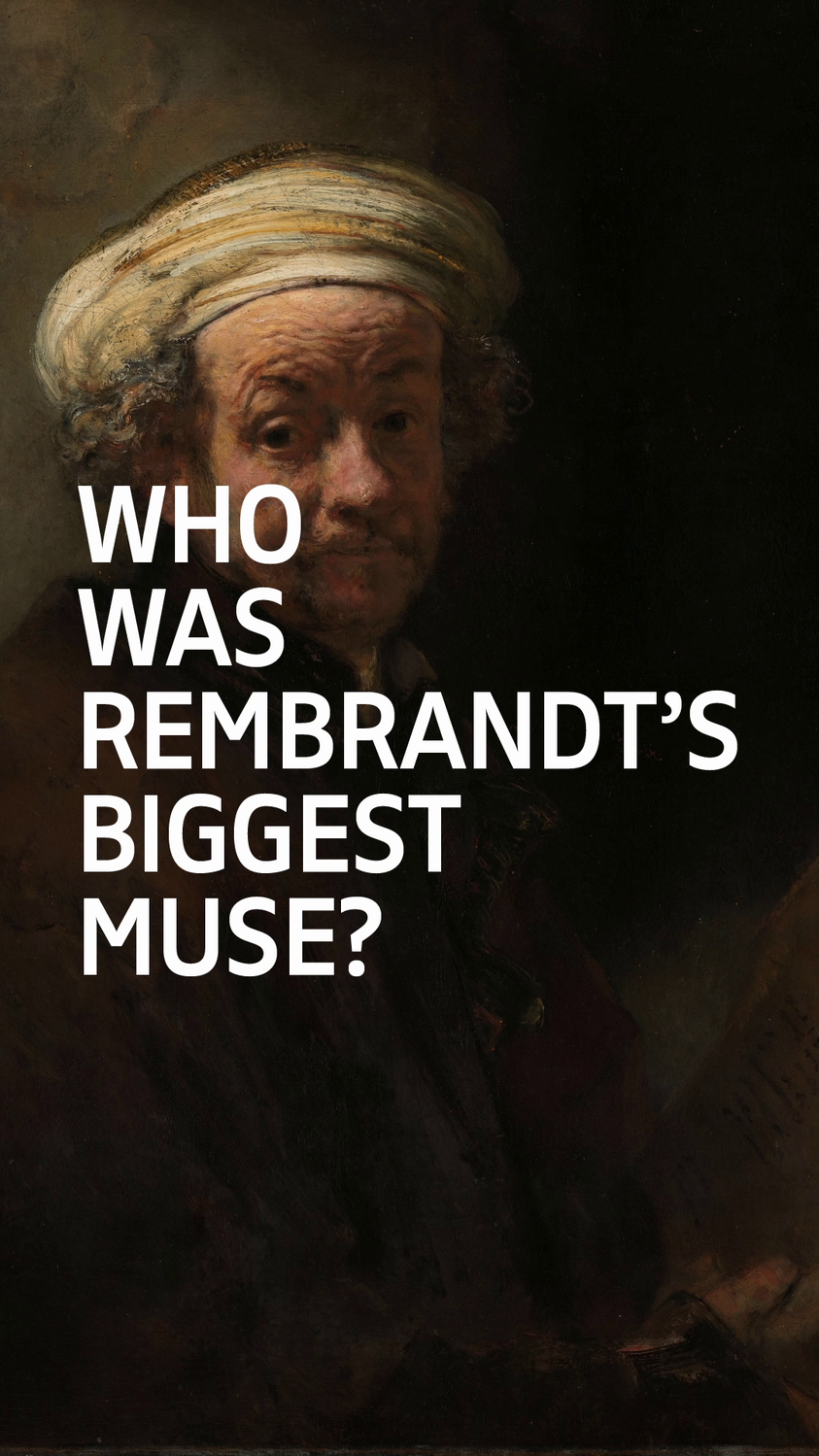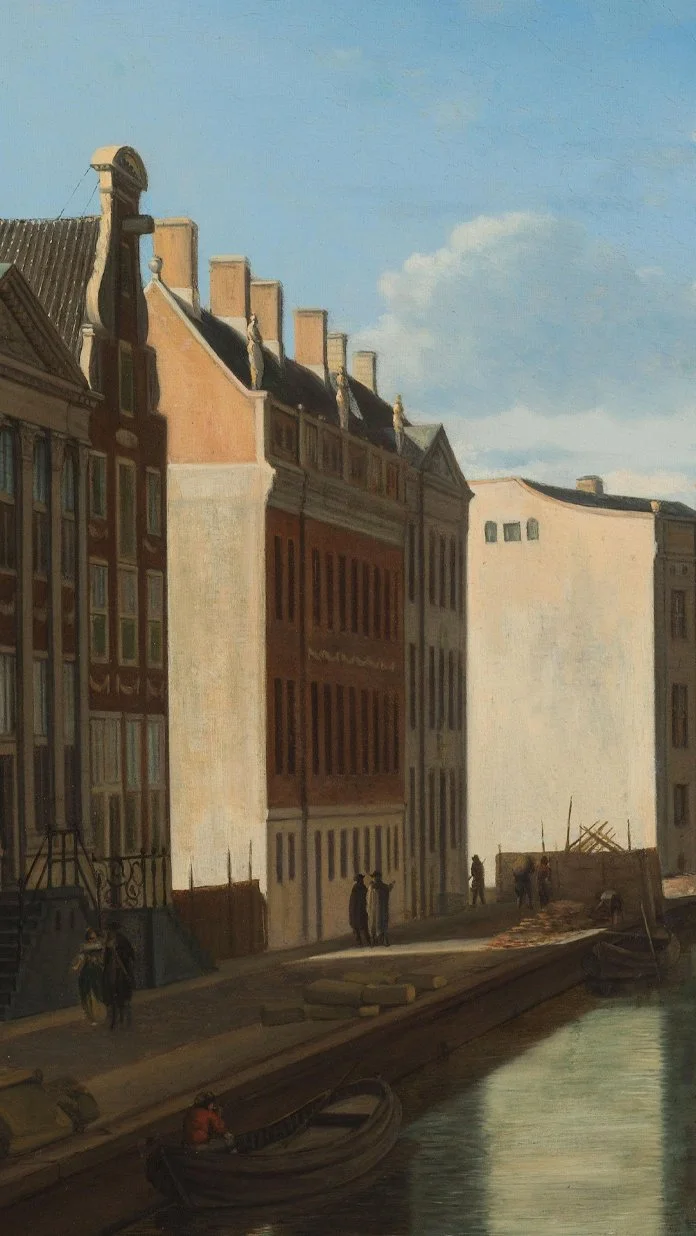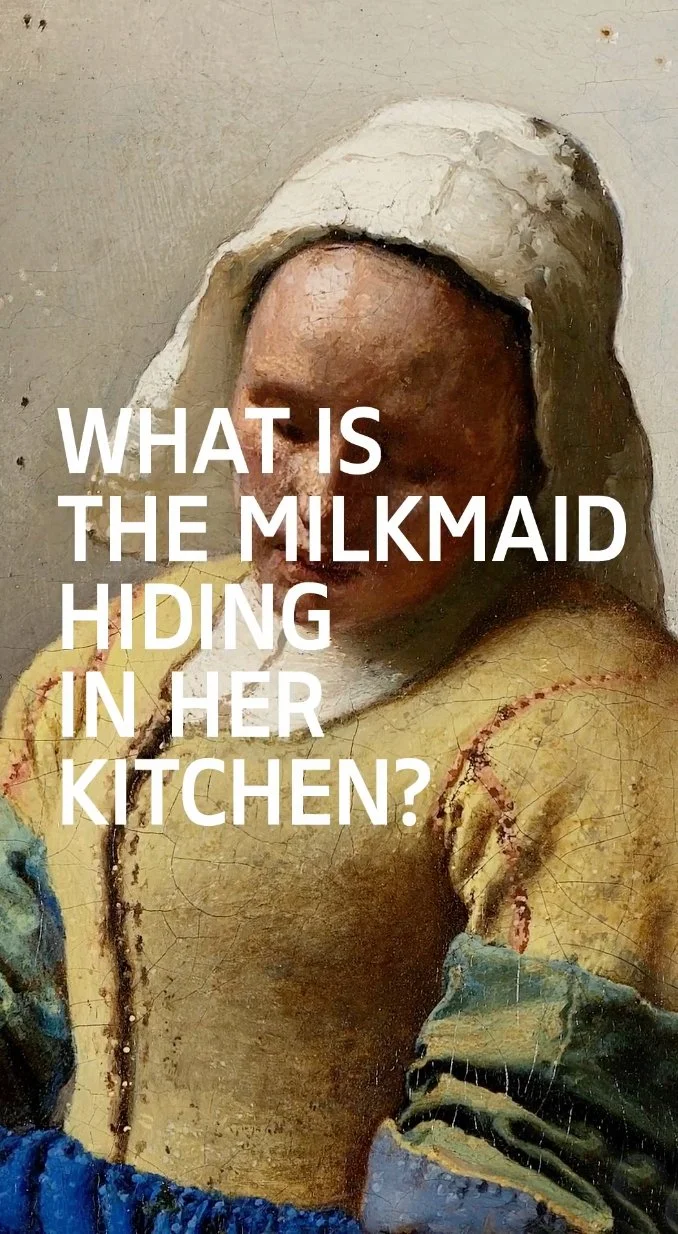
Scripts
De videoserie Look for the Unusual vertelt in één minuut bijzondere verhalen over de kunst in het Rijksmuseum.
Opdrachtgever: Rijksmuseum Amsterdam
Scripts: Studio Pilgram
Edits: Het Rode Balletje
Voice-over: Sascha Heij
Stilleven met bloemen in een glazen vaas
Rachel Ruysch, ca. 1690 - 1720
Who painted the most spectacular flowers of the 17th century?
Definitely Rachel Ruysch.
I mean, look at these roses, tulips, poppies and carnations, don’t they look like you could just touch them? No wonder, Rachel Ruysch was the most successful still life painter of her time. People paid more for her paintings then they did for a Rembrandt!
Rachel Ruysch grew up in a house full of flowers and plants. Her father was a famous botanist. At the age of fifteen he saw Rachel’s talent and sent her to be a student of Willem van Aelst, a famous artist. This was very unusual for a girl at that time.
Soon she outshined him as a still life painter. Although... still life?
Flower arrangements like these often look sacred, frozen in time. So, Rachel Ruysch added a little twist in her compositions… By painting little insects, she adds life to a rather still image.
She painted a wide variety of species that generally bloomed at different times of the year. Instead, she made use of drawings and prints to create unique flower pieces that only exist in her paintings.
Halloween
31 oktober 2024
Is the Rijksmuseum haunted?
When the clock strikes midnight… Our museum turns into a place of eerie mystery.
Weird creatures can be spotted, you might hear creaks and whispers, and you’ll get a chill down your spine…
Is someone watching you?
They say this has been happening for centuries, every 31st of October.
Coincidence?
Who knows?
But when a witch starts riding a carcass through the corridors, the sad lantern ghost is leaving its frame, and the skeletons are having a party, you might want to keep your questions for later.
In the dead of night, the artworks are not still... they wait…
For you…
De bedreigde zwaan
Jan Asselijn, ca. 1650
What is this swan so angry about?
If you ever had an encounter with an angry swan, you know that Jan Asselijn, who made this painting, didn’t exaggerate.
This life-size swan fiercely defends its threatened nest on the right, against the dog that comes swimming towards it from the bottom left corner.
When Jan Asselijn made this painting in 1650, the swan was seen as a symbol of purity and the dog of evil. Until someone gave the painting a completely different meaning…
If you take a closer look at the nest of the swan, you can read ‘Holland’. Underneath the swan there’s written ‘raadspensionaris’; Dutch for ‘grand pensionary’.
Now, around 1650 Johan de Witt was the grand pensionary of Holland. Together with his uncle, the mayor of Amsterdam, he controlled the political system, until he was gruesomely murdered in 1672.
In the light of this context, the painting becomes a political allegory.







